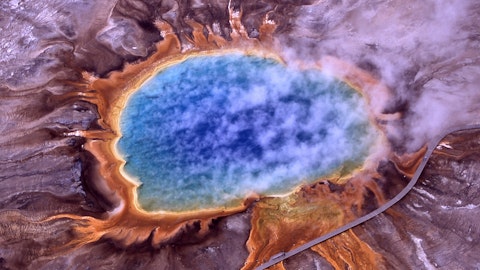If you love eating nuts you’ll be happy to learn something about walnuts and to find out which are the countries that produce the most walnuts in the world.
Did you know that walnut can be consumed in two ways – while its color is still green when it is used for pickled walnuts and when it is completely ripe and its meat is extracted from the nut for consumption? For some types of walnuts, the nutmeat is rare and hence, not typically available. This, in turn, has led to such types of walnuts being significantly more expensive than the other types, which are widely available.
Once the walnut becomes completely ripe, the husk of the nut becomes extremely bitter while the shell hardens a lot. It is the shell which protects the nutmeat which is present in the walnut. The seed kernels are protected by a brown coat and they possess the oxidants which ensure that the seeds, which are rich in oil, are protected from the oxygen present in the atmosphere.

The two main types of walnuts that are grown in the world are the English walnut, which originated in Persia, and the black walnut, which originated in North America. While the black walnut boasts high flavor, it is not grown on a commercial basis due to two reasons, mainly its poor characteristics related to hulling and the fact that its shell is extremely hard.
Walnuts have been increasing in popularity on a global scale, and this has led to a high demand for the nuts, which in turn has resulted in increased production. The biggest increase in production has come from Asia, though countries from other continents also produce walnuts on a large scale. The worldwide average yield in respect of walnut growth was around 3 metric tonnes per hectare. However, some of the countries have yields which far surpass the average, with countries in Eastern Europe reporting especially high yields. For example, according to the Food and Agricultural Organization, Romania, located in Eastern Europe had a yield of around 23 metric tonnes per hectare! If you want to learn more about the production of other types of crop, you may be interested in visiting the 8 countries that produce the most wheat in the world.
Countries also engage in the export of walnuts as they can be stored for a long time without spoiling. In this regard, the United States of America is the top exporter of walnuts. The famous valleys of California, namely San Joaquin and Sacramento, produce around 99% of the total amount of walnuts grown in the country. Walnuts need to be processed before being stored and if they are not stored in a proper manner, they can fall victim to infestations of fungal mold as well as insects. Fungal molds possess the ability to produce aflatoxin, which is a strong and dangerous carcinogen. If a walnut contains mold, the entire batch should be completely discarded. While the optimum temperature for walnut storage is around the 32°F (0°C) with extremely low humidity, such technology is often not affordable by developing countries which provide the bulk of walnut supplies. In such countries, walnuts are generally stored in areas with the temperature being around 77°F (25°C). High temperature can spoil walnuts while high humidity can allow the growth of the fungal mold. The best tasting walnuts are of course those that have been freshly harvested, so having a tree in your backyard can be a tempting idea.
Apart from being used as a source of food, walnut is highly sought after for medicinal applications even though there is no scientific evidence to support its medical efficiency. Some people claim that it has the power to kill a parasite responsible for cancer, though this has been debunked by the American Cancer Society. Still, people believe in walnuts’ healing powers and continue to use it as an herbal medicine.
In order to determine the countries that produce the most walnuts in the world, we consulted the official website of the Food and Agriculture Organization of the United Nations.





